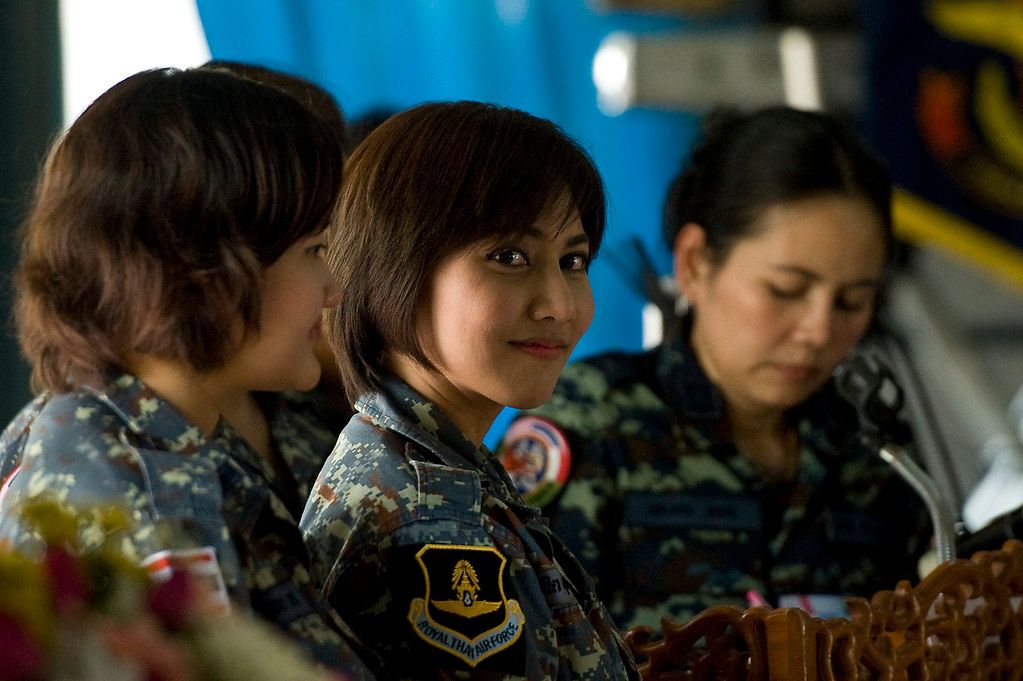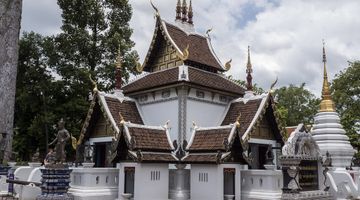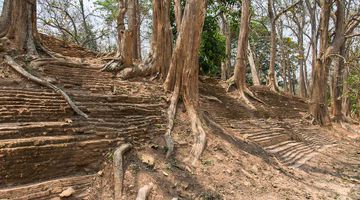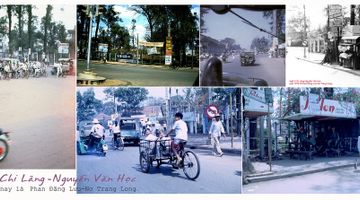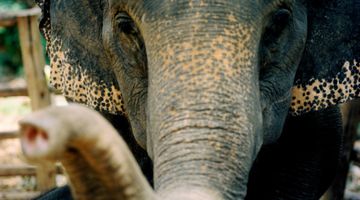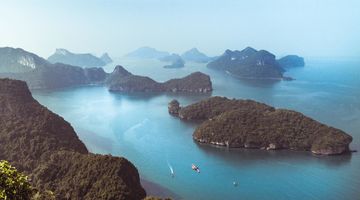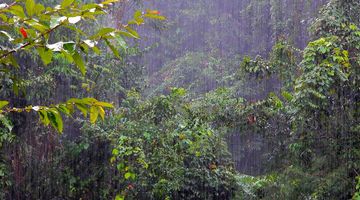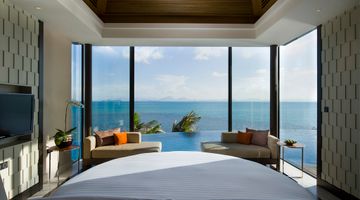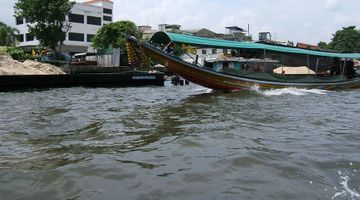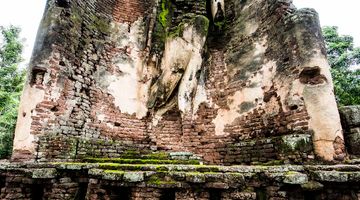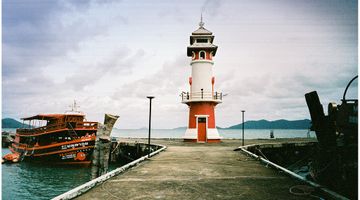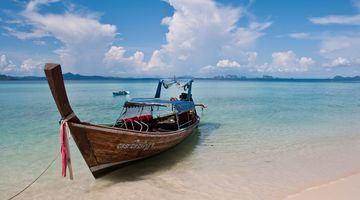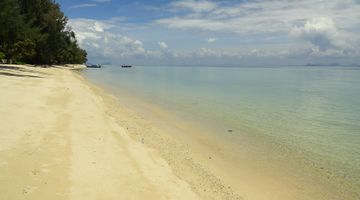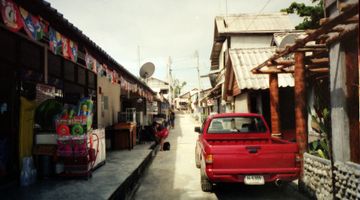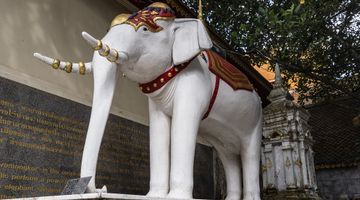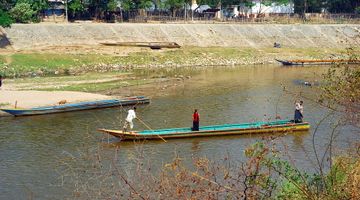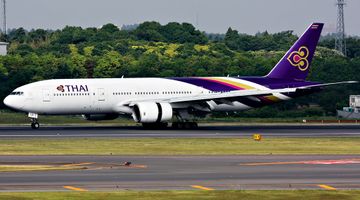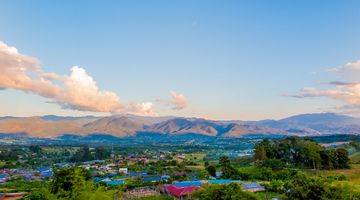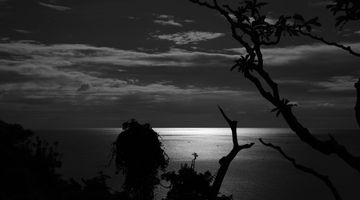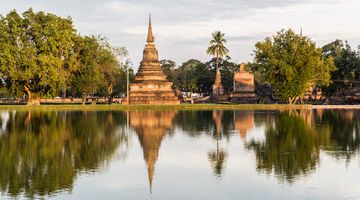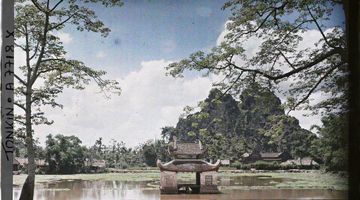Nakhon Ratchasima Travel Guide
In a nutshell
Nakhon Ratchasima, also known as Khorat (this is how we’re going to call it from now on), is the capital of one of the biggest provinces in Thailand. Located 250 km eastern of Bangkok, Khorat is an important commercial centre and a main transportation hub for all the Isaan provinces.
Why go to Nakhon Ratchasima
Despite being a large city with a population of roughly 200,000 people, Khorat is still a relaxed town to visit, where everything seems to move at a slow pace and people are more keen to stick to their past and traditions rather than moving on to the future.
A small expat community live in Khorat and very few travellers decide to include the city into their itineraries; as a result of that the first impression of Nakhon Ratchasima is of an unwelcoming place for western tourists with almost no one speaking English, signs and menus only in Thai and not too many interesting attractions in town; but if you scrape a bit under the surface, you’ll discover a fascinating city, with lots of stories to tell and a strong population extremely proud of their province and its history. Make it a few days stop before or after visiting the marvellous Phimai Historical Park and the stunning Khao Yai National Park, and you’ll have a chance to appreciate Khorat, its people, slow rhythm and genuine atmosphere.
When to go to Nakhon Ratchasima
The long rainy season lasts from May to October and is not is bad and wet. Do not treat it as a major obstacle to visit Khorat during those months.
During the cold season in December and January temperatures might drop a lot at nighttime, especially in some rural areas in the province; remember to bring a good jumper if travelling in this period.
If you’re visiting at the end March don’t miss the Thao Suranari Memorial Fair, the biggest festival that takes place in Khorat every year to commemorate the victory of Thao Suranari over the Laos army in 1826. For ten days fireworks, celebrations, competitions, beauty pageants, cat shows (you have probably heard before about Khorat cats – here is where they come from) and a lot of food will keep your days and nights busy.
Where to stay in Nakhon Ratchasima
The variety of choices available in Khorat when it comes to accommodation is quite surprising for a non-touristy destination. Simple guesthouses, backpackers’ favourites, stylish boutique solutions and luxurious 5 stars hotels are spread all around town and a general good value for money make this town a cheap place to sleep. There’s no need of reservation unless you’re travelling during the Suranari Memorial Fair.
Where to eat in Nakhon Ratchasima
Markets and street vendors are easy to find in Khorat and they’re our favourite choice to try authentic traditional and regional Thai dishes at extremely affordable prices. Cheap Thai restaurants where you can have all the classic Thai dishes for THB30/THB50 can also be found at every corner. Some solid options even for western food are available along with all the usual international chains at the shopping malls in town.
How to get around Nakhon Ratchasima
Despite its size, it’s still possible to explore Khorat without relying on public transport. The city centre in fact is quite compact and if you take the Thao Suranari statue (better known as Ya Mo) as your zero km, you can walk almost anywhere in half an hour from there.
If you do not want to walk, there are plenty of tuk-tuk and motorbike taxis waiting at every corner and in front of any shopping mall; motorbike taxies are slightly cheaper (roughly THB50 for any destination within the city centre). There are metered taxis but they’re still not so common and definitely more expensive. The public songthaew system covers almost every part of town from 7am to 9pm. It might be quite confusing since the signs are only in Thai but as almost all of them will stop at some point at Ya Mo during their trip, it makes things much easier. A ticket for a single journey is THB8.
How to get to and from Nakhon Ratchasima
By train
Travelling to Khorat by train is easy and cheap. There are two train stations in town; the main one, or simply Khorat train station, is located a few km west of town on Mukmontri Rd and can be reached by songhtaew number 1. The smaller one, Thanon Chira, is centrally located within walking distance from the city centre. All the trains going in every direction stop at the both stations.
Trains from Bangkok to Nakhon Ratchasima depart from Hua Lamphong train station daily from 5.45am to 11.30pm. The trip takes from 4 to 6 hours and tickets start from THB50 for a third class seat (a better second class seat is THB120). The train stops in Ayutthaya and Pak Chong (if you’re heading or coming from Khao Yai National Park).
Among the other destinations reachable from Nakhon Ratchasima are Udon Thani, Khon Kaen, Nong Khai, Buriram, Surin and Ubon Ratchathani.
By bus
There are two bus terminal in town; the older Bus Terminal 1 is centrally located but it can be used only for buses to/from Bangkok and some smaller regional destination.
The new Bus Terminal 2 (Bo-Ko-So) is located a couple of km north of town and it’s a huge, modern bus station with buses leaving to almost any destination in Thailand. To get from there to the city centre a tuk-tuk will charge you THB60 or you can take the songthaew number 15 to Yo Mo.
Buses to/from Bangkok Morchit bus terminal leave both stations at any time of the day and night with ticket prices staring from as low as THB190. The trip takes 4 hours. Less frequent departures to/from Bangkok Southern Bus Terminal (Sai Tai Mai) are available during the day only.
Frequent daily buses head to Chiang Mai (THB600, 11hours), Hua Hin (THB350, 9 hours), Krabi (THB1000, 16 hours), Phuket (THB1200, 16 hours) and lots of many other destinations.
Buses to Phimai depart from Terminal 2 every half an hour from 5am to 10pm. The 1-hour journey costs THB50.
If you’re heading to Khao Yai, buses to Pak Chong leave all day long from Terminal 1 for THB60. Alternatively almost every bus to Bangkok will stop in Pak Chong as well.
Is Nakhon Ratchasima a safe place to visit?
Khorat is a safe place to travel even if it can be a bit discouraging at the beginning because of the lack of western tourists. People might look quite cold but when approached with a smile they’re actually extremely friendly and helpful even with their poor English.
There are hospitals with high standards and English speaking staff and the tourist police office, too.

